A Forest Light Study
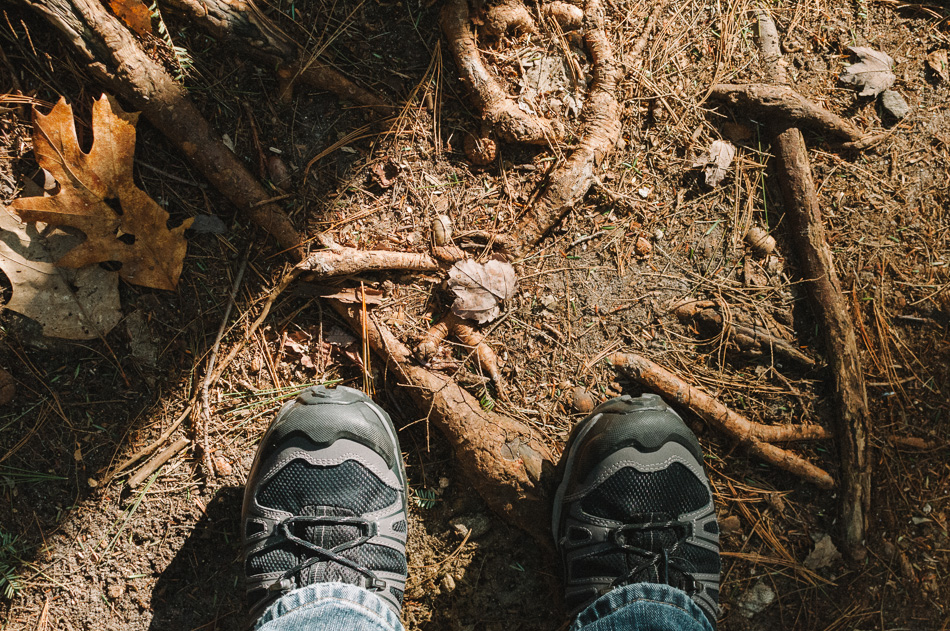
I’m not exactly sure when it began, but lately I have started to focus on the quality of the light within my photographs. I used to take a ridiculous number of photos in poor quality light, as if a part of me believed that if I nailed the composition or had a strong enough subject, the absence of good light would not matter. Now, I am starting to visualize photographs based on the light that I see, and I make more adjustments to my shooting angle to make the best use of the light that I have to work with.
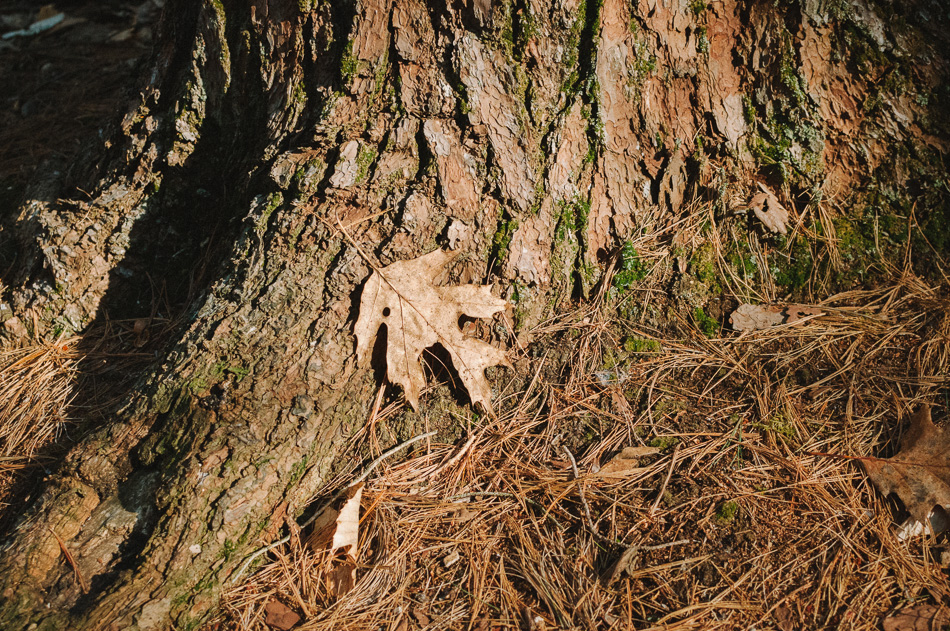
In addition to the quality of light, I am also paying more attention to the direction of the light. I am especially fond of good side lighting, as it emphasizes texture and detail. Side lighting works especially well for nature photos.
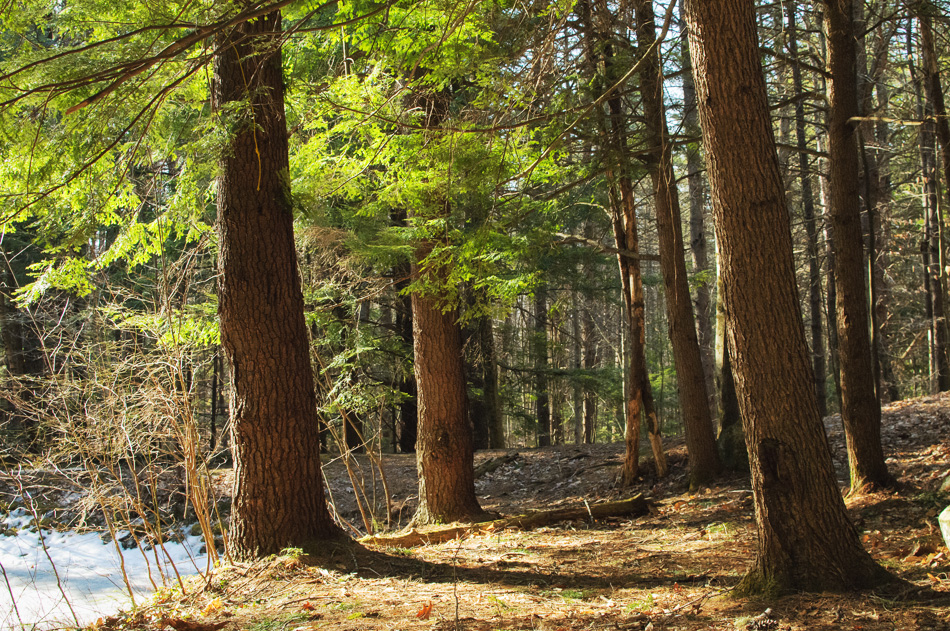
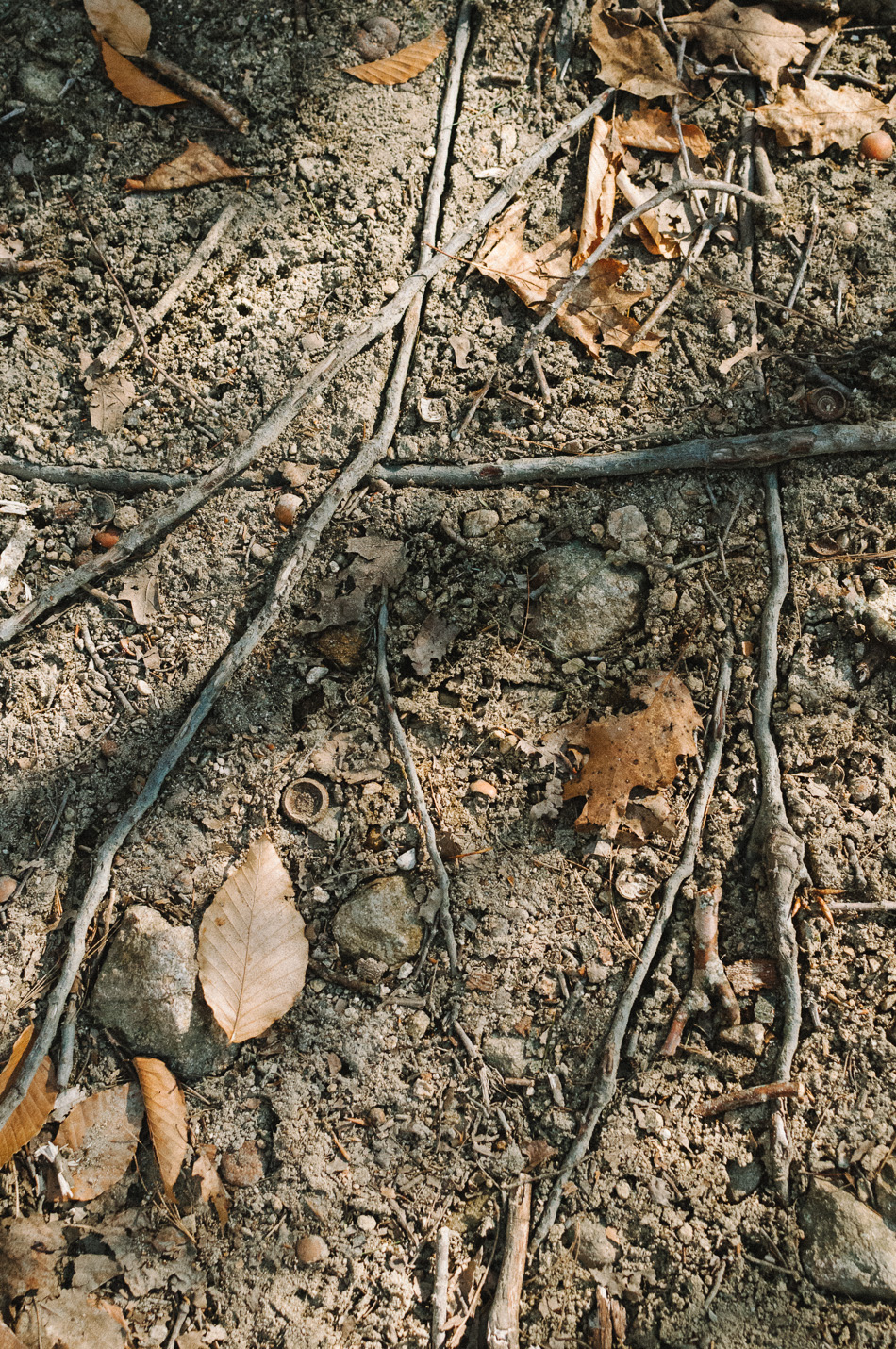
I’m also experimenting with placing myself on the shadow side of objects, especially as the sun gets higher in the sky and the light becomes more harsh. The contrast on the shadow side is much lower, which allows me to capture details that would be easily obliterated by the harsh direct sunlight. Though I usually use a lens hood, often times I will place a thick tree between my camera and the sun so that no sunlight can fall on the front element of my lens and produce flare. This also makes it much easier to see the image in the viewfinder of my camera.
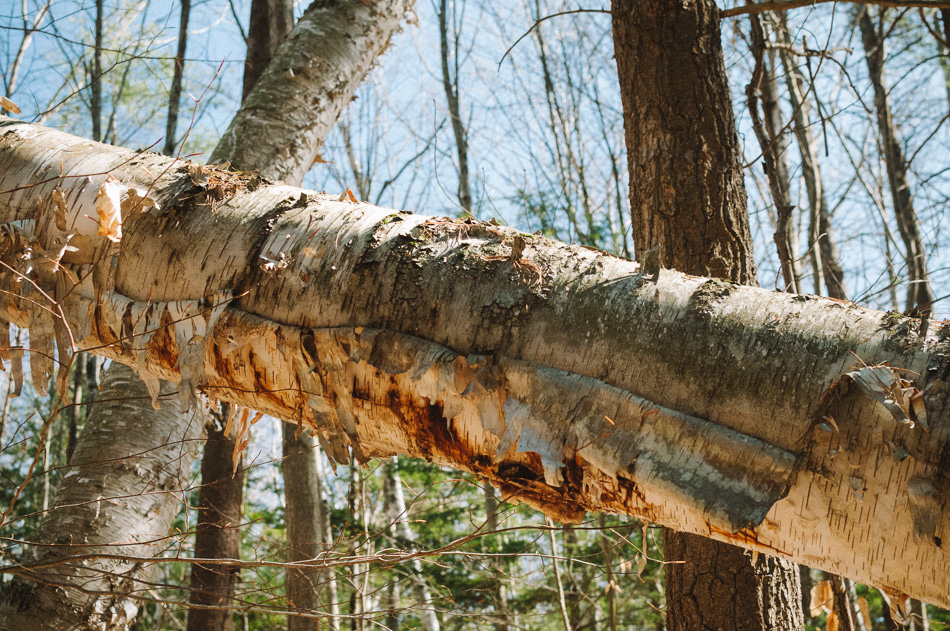
Perhaps the most important lesson that I have learned about light in the forest is that nearly everything reflects it, especially when the leaves emerge. A circular polarizer is a must have accessory, as it makes it simple to reduce the glare off of foliage, or reflected from the surface of water. With the reduced glare, color saturation is significantly better. Because the polarizer blocks some of the light from reaching the camera’s sensor, longer shutter speeds are required when using one. However, I have found that it is better to boost the ISO and use a polarizer rather than live without one and use faster shutter speeds. The tradeoff is almost always worthwhile.
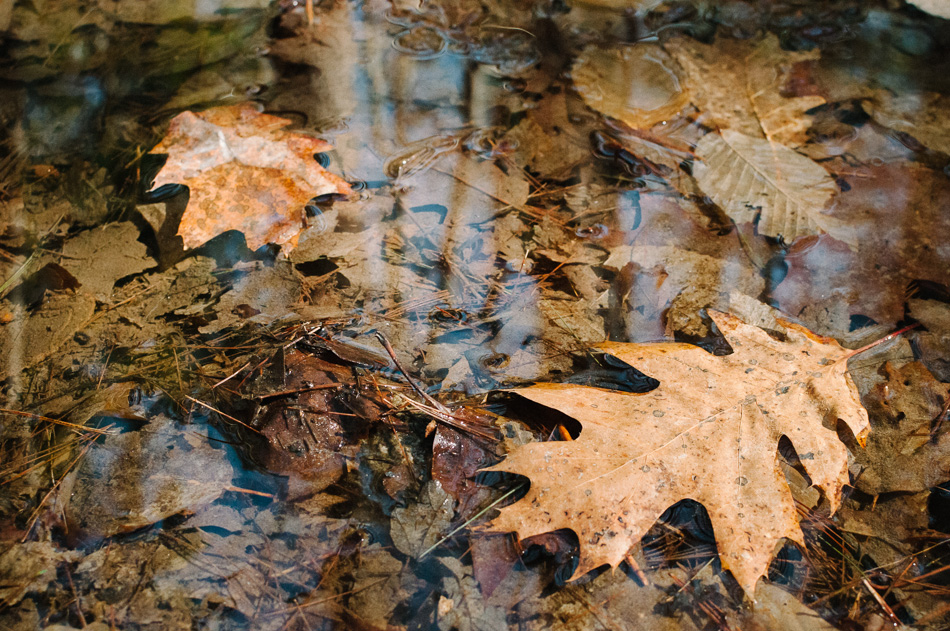
Most of the images in this post were processed using the VSCO Film 01 plugin for Lightroom 4. Before I began to focus on the quality of the light within my photos, I have to admit that I was very disappointed with VSCO Film. I bought it because I liked the film-like look that other photographers have been able to achieve with it, but I have had difficulty getting acceptable results with it for my own work. However, I am noticing that since I started to pay more attention to the quality of light, suddenly VSCO Film is working for me. Perhaps it wasn’t the plugin after all.